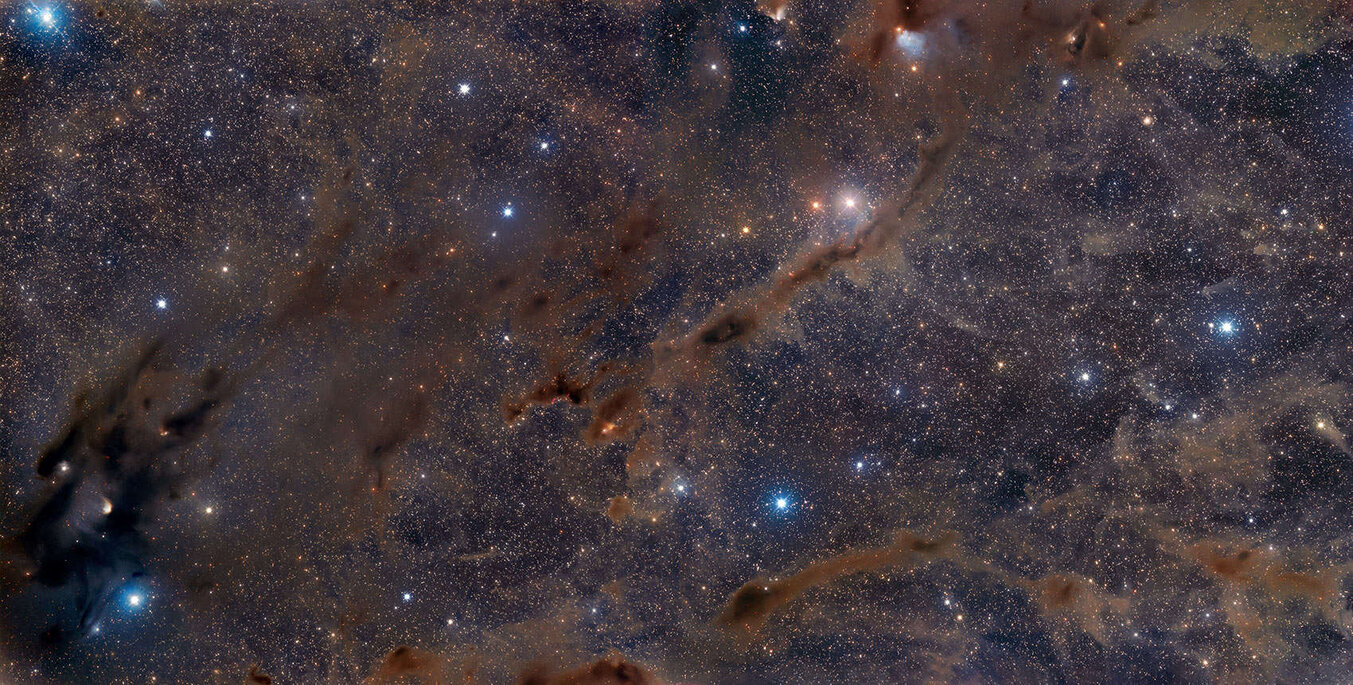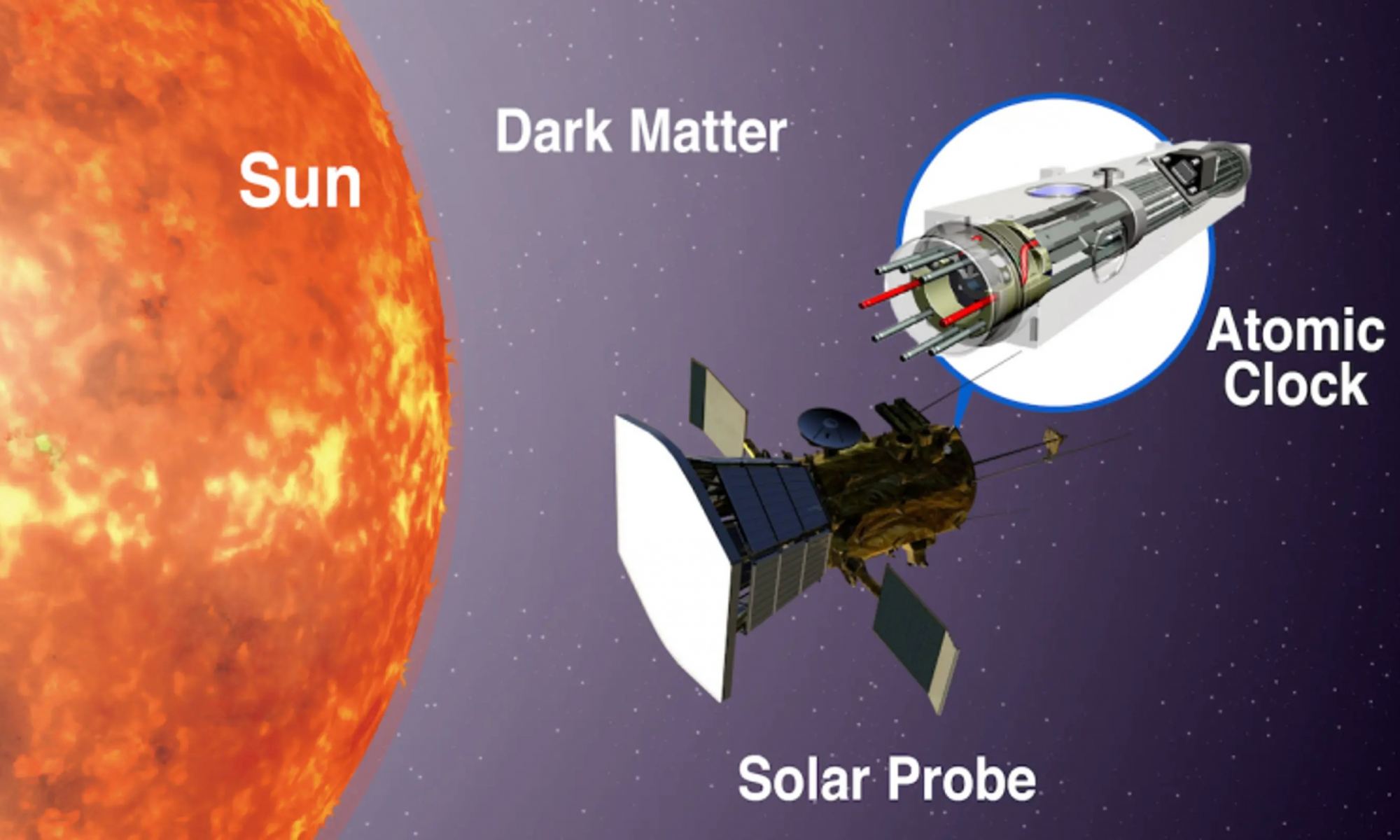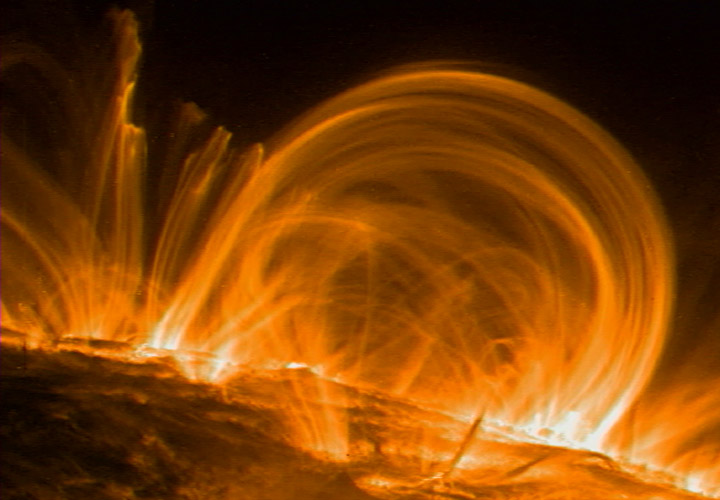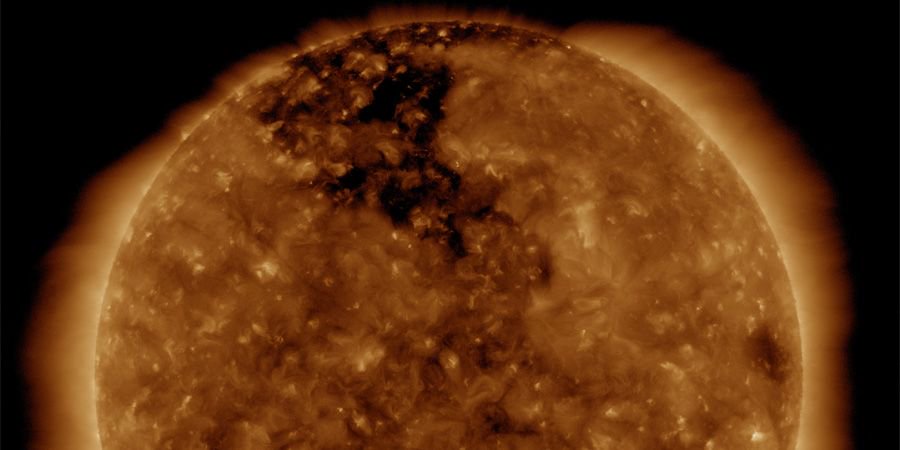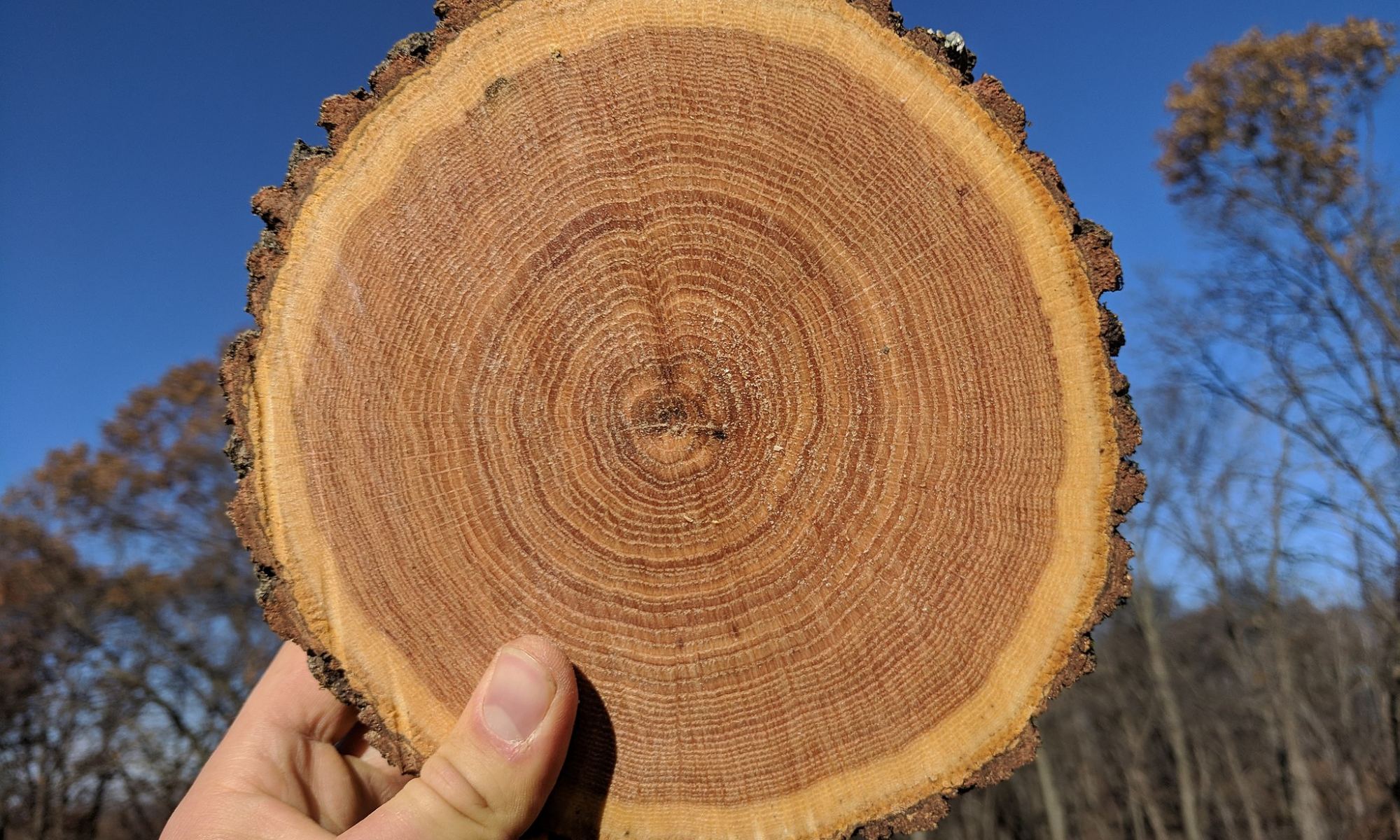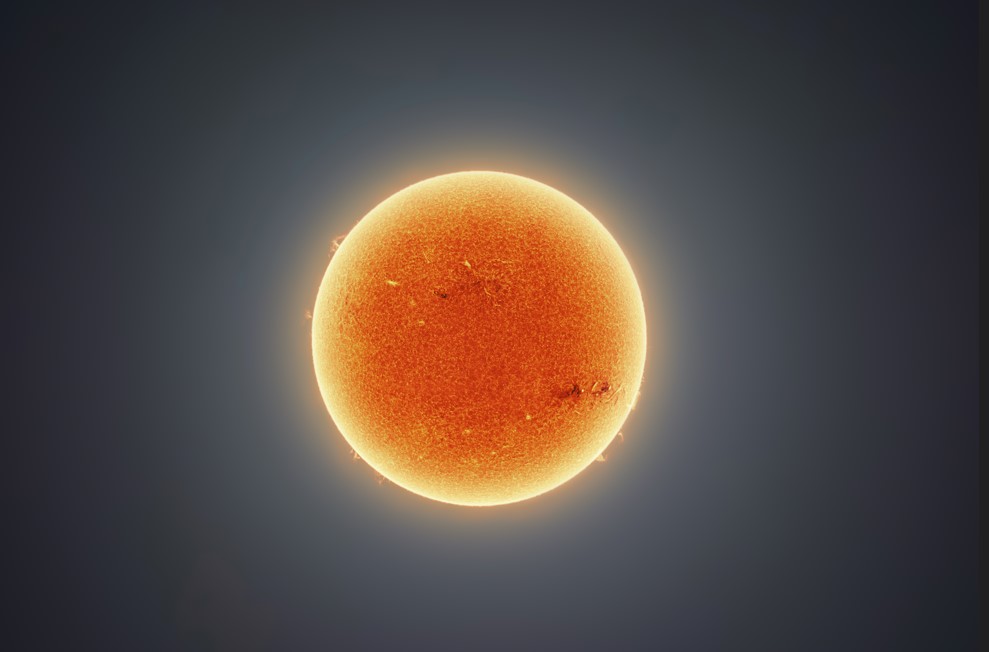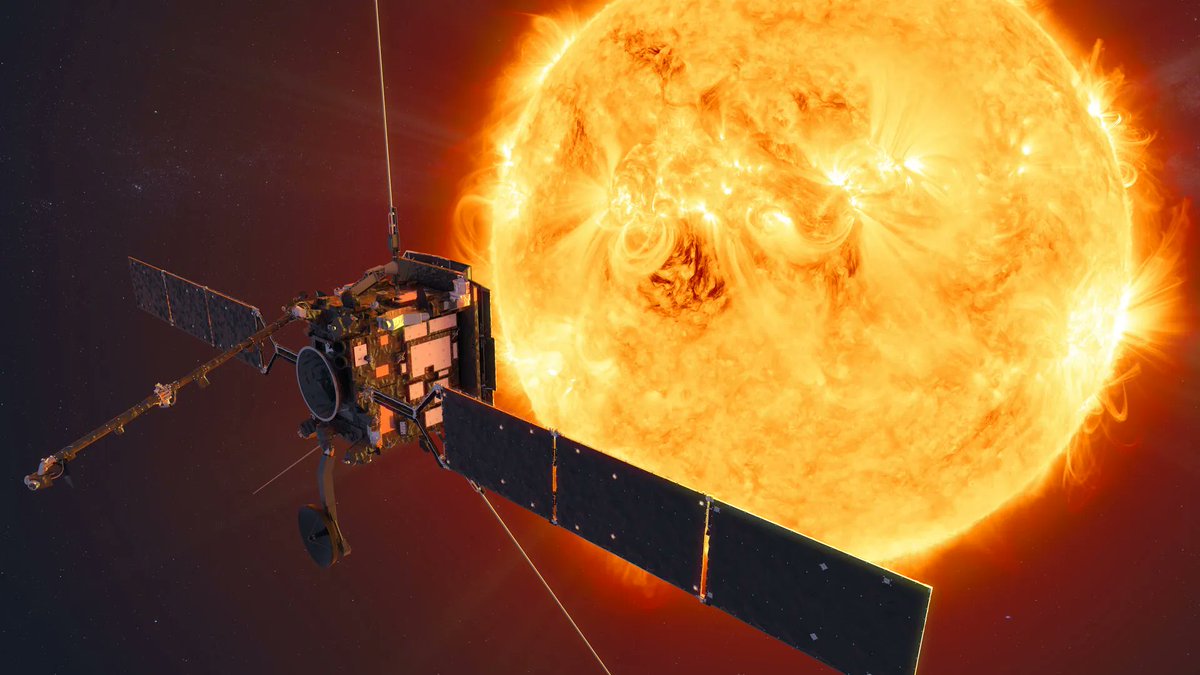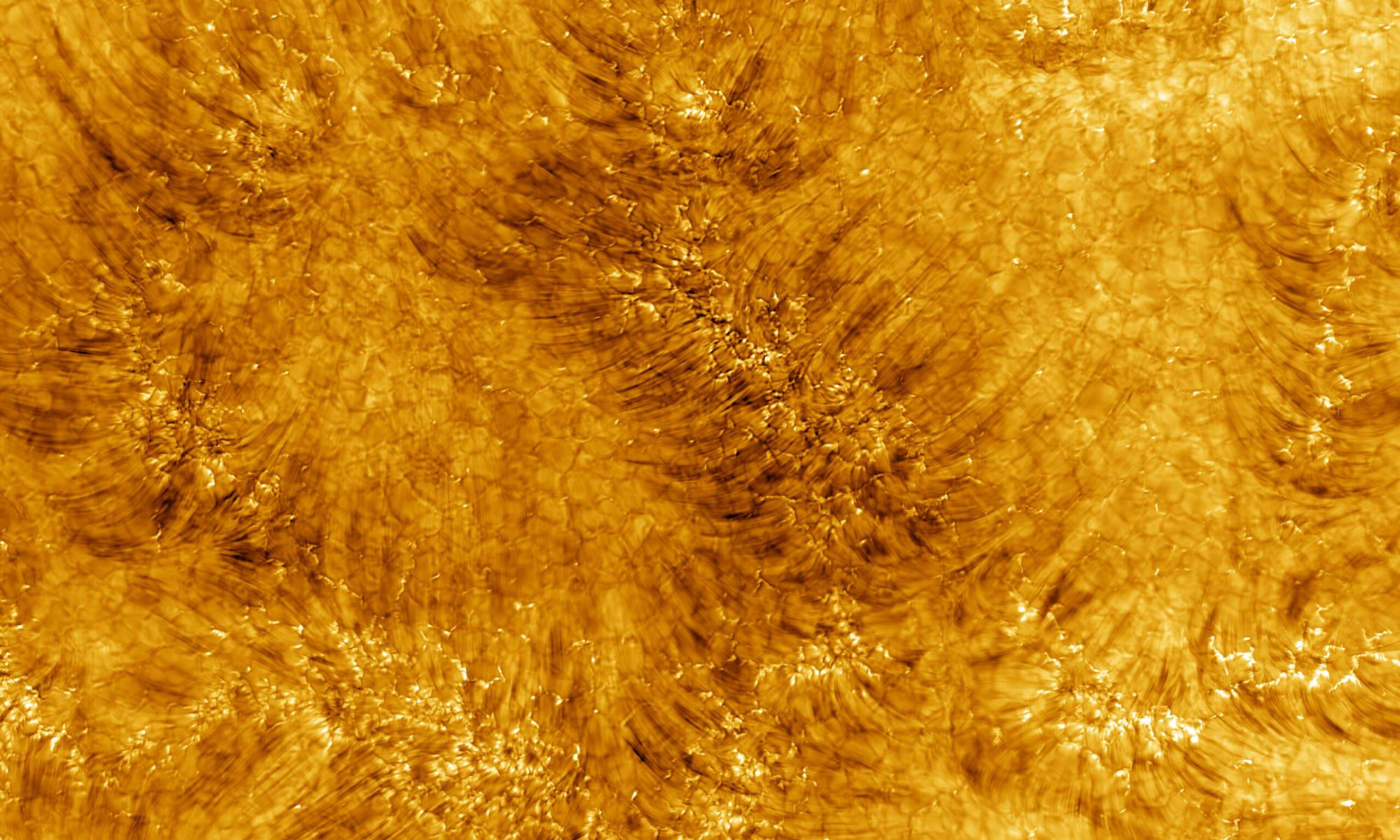Even though our Sun is now a solitary star, it still has siblings somewhere in the Milky Way. Stars form in massive clouds of gas called Molecular Clouds. When the Sun formed about five billion years ago, other stars would’ve formed from the same cloud, creating a star cluster.
How many other stars formed in the cluster?
Continue reading “How Many Stars Formed Together With the Sun in Our Stellar Nebula?”
